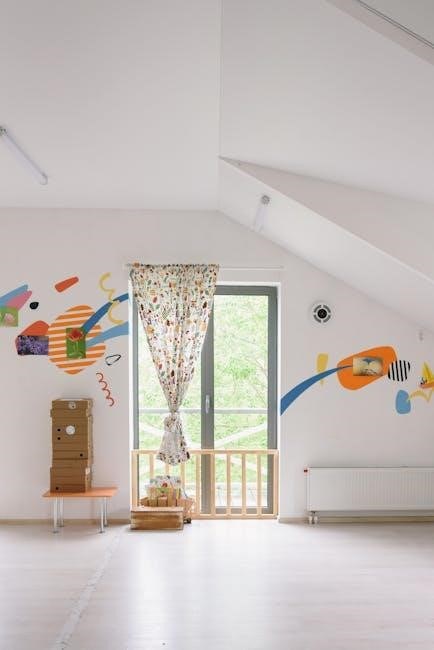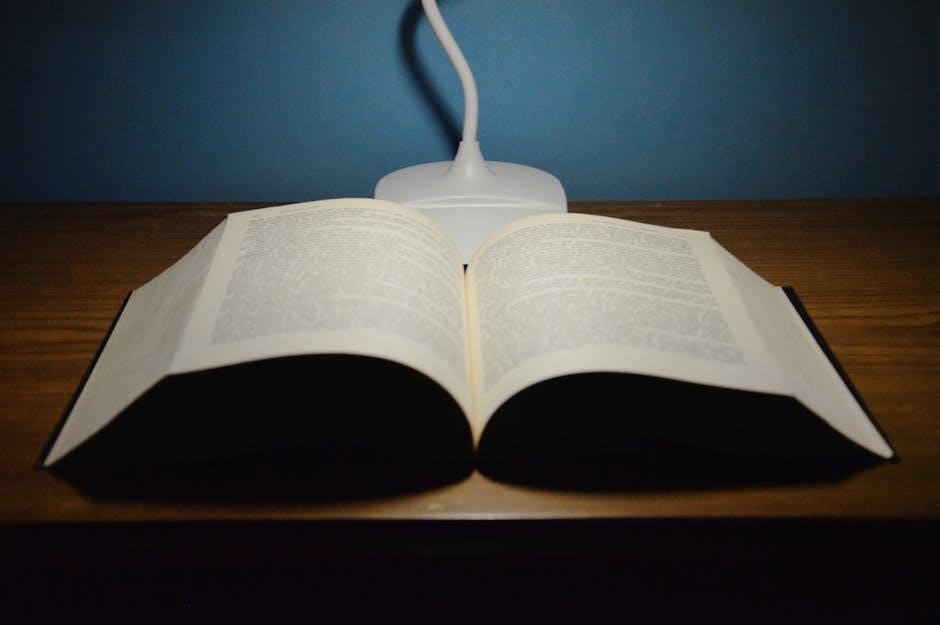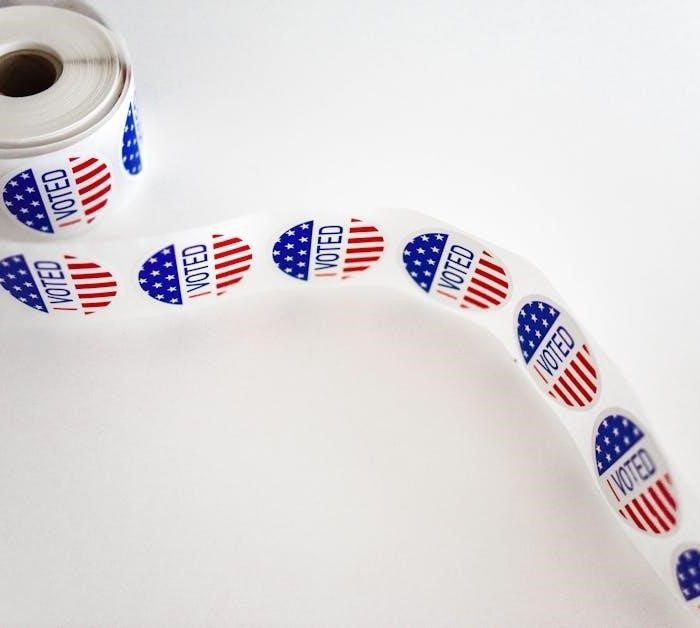Simple sentences are a foundational tool for teaching young learners to read. They combine sight words and decodable words, like CVC, to build confidence and essential reading skills.
These sentences are short, clear, and engaging, making it easier for kindergarten students to understand and practice reading independently. They create a strong base for future literacy development.
Importance of Reading Simple Sentences at Kindergarten Level
Importance of Reading Simple Sentences at Kindergarten Level
Reading simple sentences is crucial for kindergarten students as it introduces them to basic grammar and vocabulary. These sentences help build foundational reading skills, such as recognizing sight words and decoding CVC words, which are essential for early literacy.
Simple sentences also foster confidence and fluency in young readers. By practicing these sentences, students learn to connect words to form complete thoughts, improving their comprehension and communication skills. This step-by-step approach ensures a smooth transition to more complex reading materials in the future.

Benefits of Using Sight Words and CVC Words in Sentences
Benefits of Using Sight Words and CVC Words in Sentences
Using sight words and CVC (consonant-vowel-consonant) words in simple sentences provides young readers with a strong foundation for literacy. Sight words, which are high-frequency words that often don’t follow phonetic rules, help students recognize common words quickly, boosting reading fluency. CVC words, on the other hand, are decodable, meaning students can sound them out using phonics skills, reinforcing their understanding of letter-sound relationships.
Combining sight words and CVC words in sentences allows students to apply both skills simultaneously; For example, in the sentence “The cat is on the mat,” “the” and “is” are sight words, while “cat,” “mat,” and “on” are CVC words. This integration enhances decoding abilities and builds confidence in reading. It also helps students understand how words work together to form meaningful sentences, laying the groundwork for more complex reading in the future.
Key Components of Simple Sentences for Kindergarten
Simple sentences for kindergarten are designed with short structures, familiar vocabulary, and visual support. They often include sight words, CVC words, and repetitive patterns to make reading manageable and engaging.
Sight Words in Simple Sentences
Sight words are essential in simple sentences for kindergarten, as they represent common, high-frequency words that often don’t follow phonetic rules. These words, such as “the,” “and,” and “is,” are taught through recognition rather than decoding, helping young readers build fluency and confidence.
Incorporating sight words into simple sentences allows children to focus on decoding unfamiliar words while recognizing familiar ones instantly. This balance makes reading feel more manageable and enjoyable. Many kindergarten worksheets and activities, such as matching games and sentence creation, emphasize sight words to reinforce their memorization and proper usage.
By integrating sight words into engaging sentences, educators provide students with a strong foundation for reading success, making these words a critical component of early literacy development.
CVC Words for Early Reading Skills
CVC (Consonant-Vowel-Consonant) words are foundational for early reading skills, introducing children to phonetic patterns and decoding strategies. These three-letter words, like “cat” or “dog,” follow predictable sound structures, making them easier for young learners to read and spell. Incorporating CVC words into simple sentences helps kindergarten students recognize word families and build reading confidence. Worksheets and activities often pair CVC words with pictures, enabling visual-phonetic connections. This approach reinforces phonemic awareness and lays the groundwork for more complex reading abilities. By mastering CVC words, children develop essential skills for decoding unfamiliar words and understanding basic sentence structures. These words are a stepping stone toward independent reading and a crucial part of early literacy education.

Activities to Practice Reading Simple Sentences
Engage kindergarten students with activities like matching sentences to pictures or creating sentences using sight words. These exercises make learning fun and reinforce early reading skills effectively.
Interactive worksheets and sentence-building games also encourage practice, helping children connect words with meanings and build confidence in their reading abilities.
Matching Sentences with Pictures
Matching Sentences with Pictures
Matching sentences with pictures is a fun and effective way to help kindergarten students practice reading. This activity involves reading a simple sentence and identifying the corresponding picture from a set of options. It enhances sight word recognition and comprehension skills. Children enjoy this interactive approach, as it makes learning feel like a game. Many free worksheets and printable resources are available online, offering sentences paired with colorful images. This method is particularly useful for visual learners, as it connects words with meanings in a tangible way. By consistently practicing this exercise, young readers build confidence and improve their ability to decode and understand simple texts independently.
Creating Simple Sentences with Sight Words
Creating Simple Sentences with Sight Words
Creating simple sentences with sight words is an engaging way to help kindergarten students practice reading and writing. Sight words are common, high-frequency words that children should recognize instantly. By incorporating these words into sentences, young learners can build confidence and improve their reading fluency. Activities such as writing sight words on flashcards or worksheets and having children create their own sentences using these words are highly effective. Many free printable resources are available online, offering exercises where children can fill in the blanks or arrange words to form meaningful sentences. This hands-on approach makes learning interactive and fun, while reinforcing the connection between words and their meanings. Regular practice with sight words helps children develop foundational reading skills and prepares them for more complex texts in the future.

Free Printable Worksheets for Kindergarten Reading
Free printable worksheets offer engaging exercises for kindergarten reading practice. They feature simple sentences, pictures, and interactive activities, making learning fun and accessible for young students.
These resources are designed to help teachers and parents provide structured practice, reinforcing sight words and CVC word recognition. They are easily downloadable and adaptable to various learning needs.
Worksheets with Decodable CVC Words
Worksheets with Decodable CVC Words
Worksheets featuring decodable CVC (Consonant-Vowel-Consonant) words are essential for early reading skills. These exercises focus on simple, phonics-based words, helping kindergarten students recognize patterns and build confidence in decoding.
Each worksheet typically includes short sentences or word lists with CVC words, often paired with pictures for visual support. Activities may involve reading aloud, matching words to images, or writing the words independently. This structured approach ensures learners can sound out words effectively, laying a strong foundation for reading proficiency. These resources are perfect for classroom use or home practice, offering a fun and engaging way to master foundational reading skills.

Interactive Sentence-Building Exercises

Interactive Sentence-Building Exercises
Interactive sentence-building exercises are a fun and effective way to help kindergarten students practice reading simple sentences. These activities often involve matching words, arranging magnetic letters, or using digital tools to create meaningful sentences. By engaging with these exercises, children develop their fine motor skills and improve their ability to recognize word patterns.
Many worksheets and online resources offer drag-and-drop games or fill-in-the-blank exercises where students can build sentences using sight words and CVC words. These activities encourage creativity and reinforce the connection between words and their meanings. For example, students can rearrange words to form simple sentences like “The cat sits on the mat.” Such exercises make learning interactive and enjoyable, helping young readers build confidence in their abilities.
Simple sentences for kindergarten lay a strong foundation in reading. Using sight words and CVC words, these exercises help children build confidence and essential literacy skills for lifelong learning.
Encouraging Engagement and Practice at Home
Engaging children in reading simple sentences at home is crucial for their literacy growth. Parents can create a cozy reading environment and dedicate a few minutes daily to practice. Using free PDF worksheets with sight words and CVC words, families can make learning fun and interactive. Matching sentences with pictures or creating short stories together fosters creativity and confidence; Reading aloud and discussing the content helps children connect words with meanings. Positive reinforcement, like praising efforts, motivates young learners to keep trying. Incorporating games, such as building sentences with flashcards, turns practice into play. Consistency and patience are key to nurturing a lifelong love for reading in kindergarten students.



